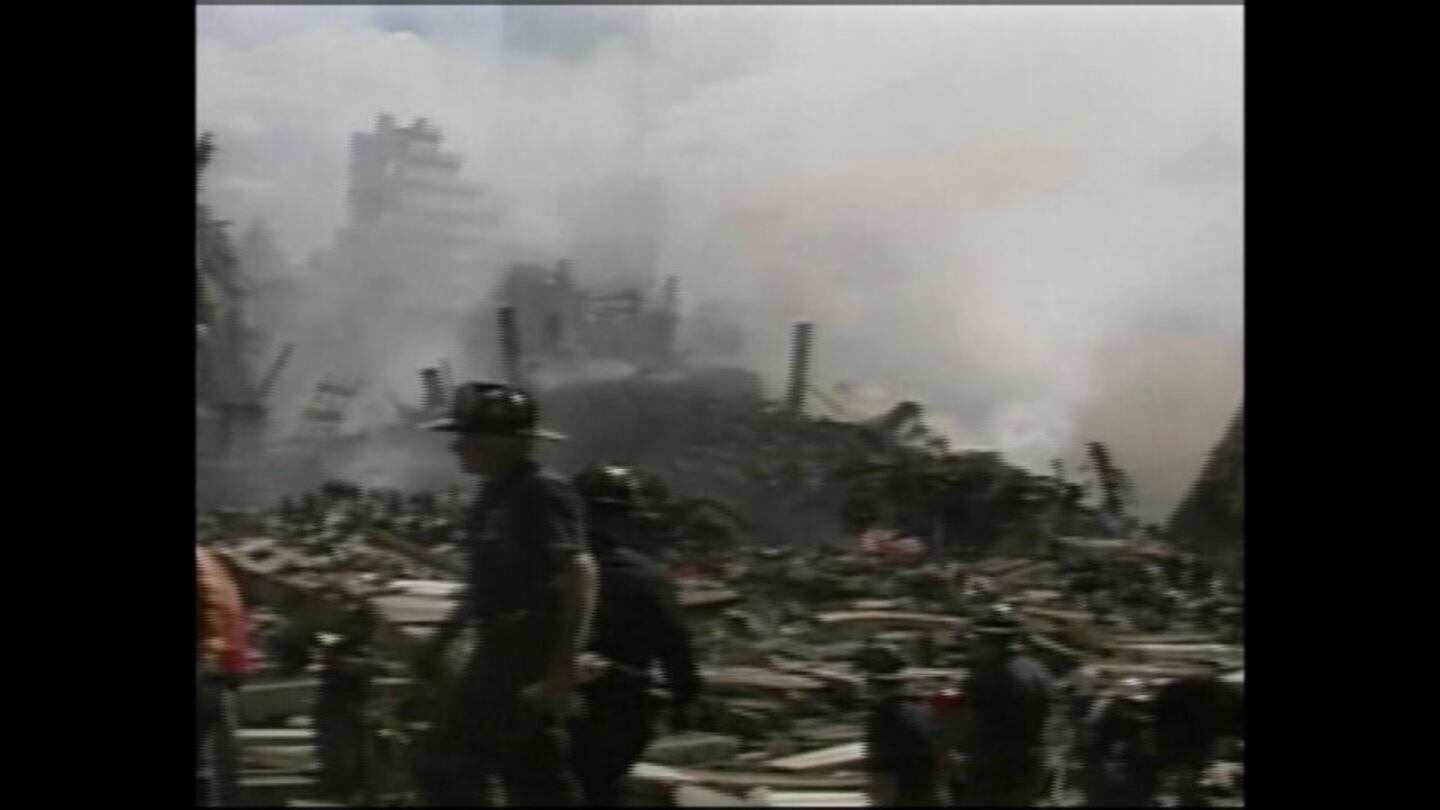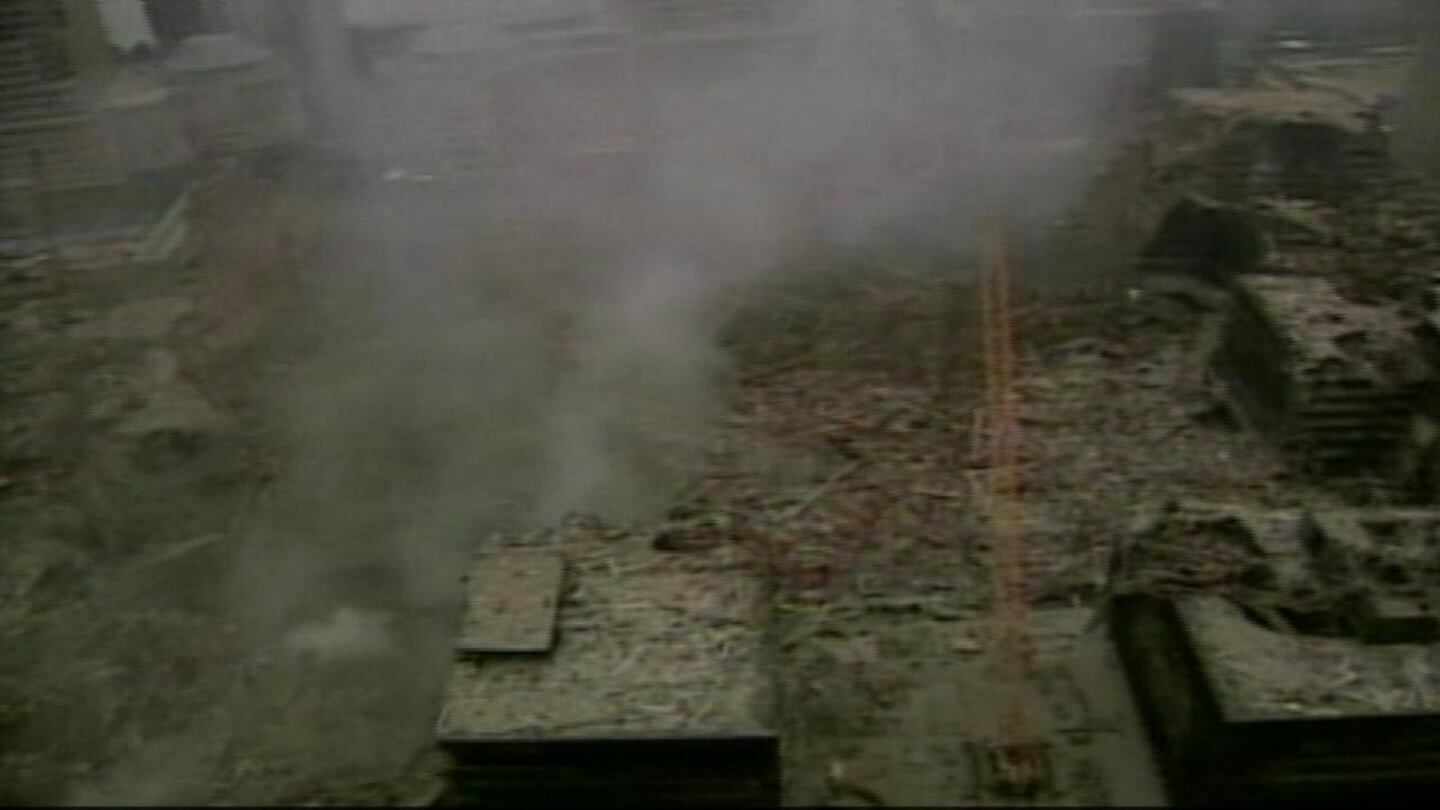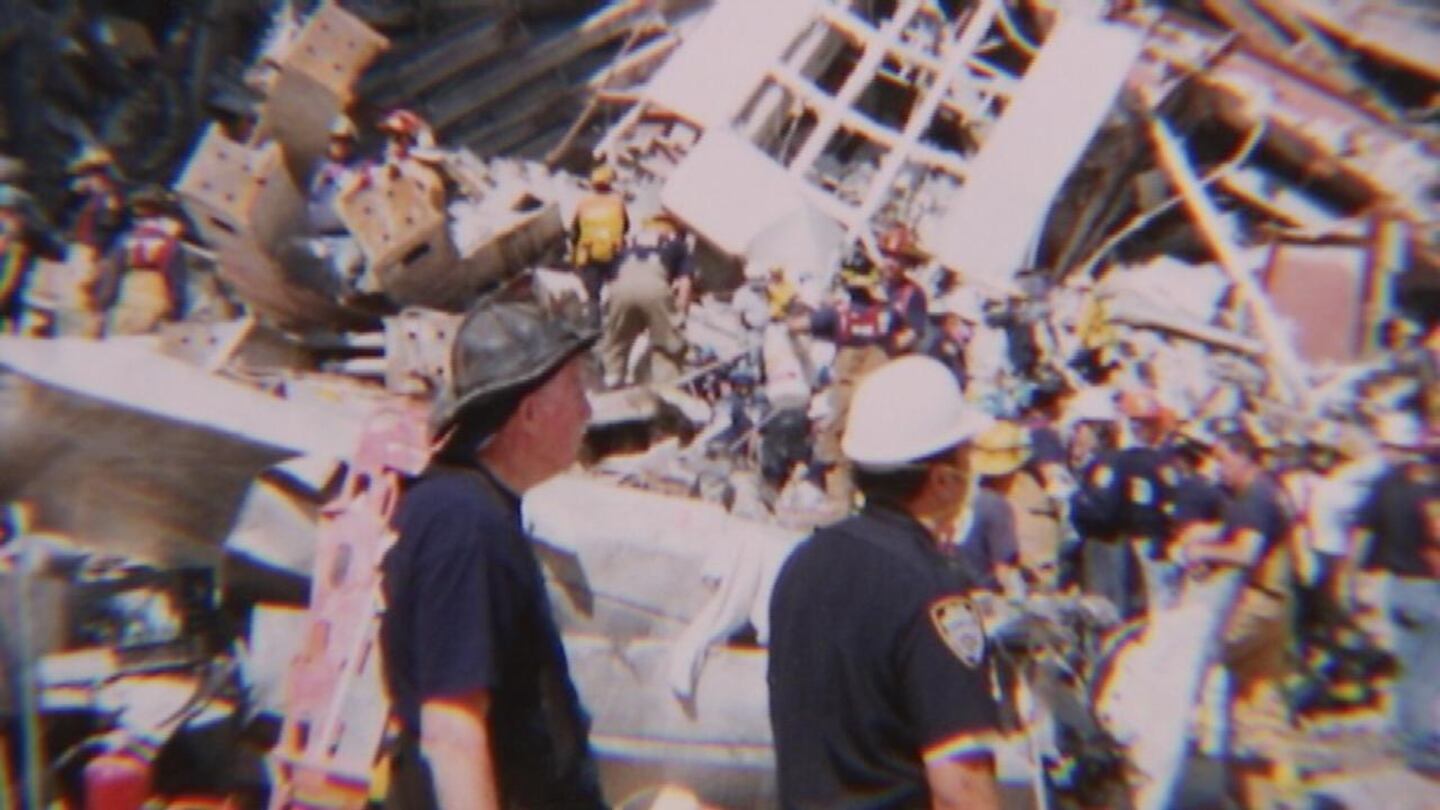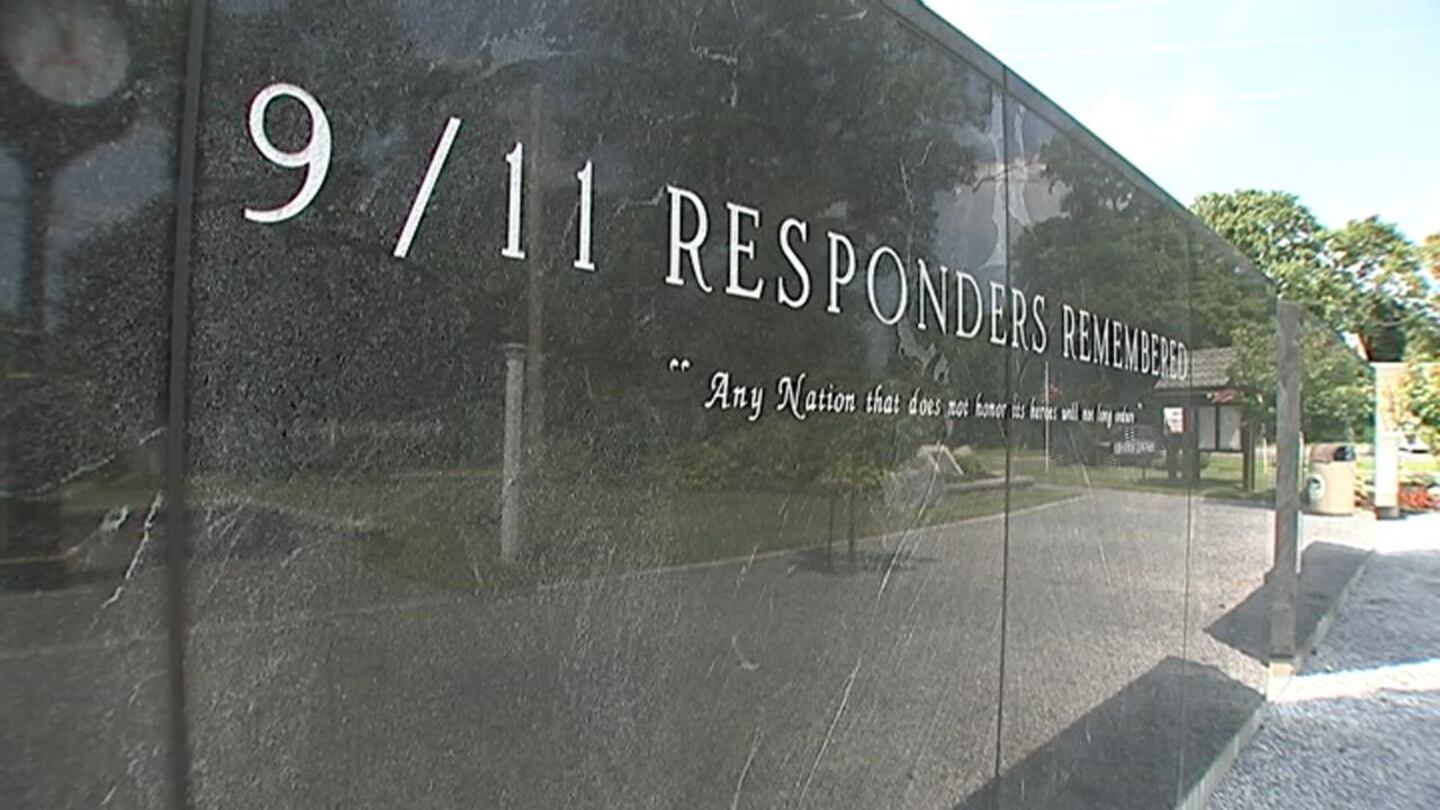Frank Demasi dove for cover under a truck as the first of the Twin Towers collapsed in lower Manhattan on Sept. 11, 2001. The crumble of the quarter-mile tall skyscraper made a noise like nothing he ever imagined.
Tuesday, we honor the victims from that day and those who have died since.
"I remember a devastating explosion and I remember feeling the heat on the back of my neck, and that was the second plane striking the tower,” Demasi said. "It was black for like nine minutes until all the dust started to settle.”
A cop, with the NYPD's highly-trained emergency service unit, or ESU, Demasi was first, trying to save lives.
"I remember all the walking wounded running up to us, with bones sticking out of their arms, and all these injured people," Demasi recalled.
As the days turned into weeks, Demasi’s mission became a recovery effort, and the scope of the tragedy unfolded, not only in New York, but also at the Pentagon and a rural field in Pennsylvania where airline passengers jumped into action to prevent even more death and destruction.
"There were just so many people that nothing was ever recovered," Demasi said. "Many families never had anything to bury."
Demasi worked at the World Trade center site known as “The Pile” for nine months.
Much of that time was spent looking for remains.
Early on, Demasi spent 12 hours a day in the smoke of still smoldering fires, the haze and fog of unknown chemicals and toxic air, a lot of the time without any protection.
"Some of the breathing equipment they gave us was faulty,” Demasi said. “The masks weren't helping. We had work to do and we had to breathe, so we were ripping off our masks to breathe so we could keep digging.”
Years later, Demasi has developed respiratory issues and problems with his esophagus, two of the most common ailments of first responders who toiled at the site.
Demasi now lives in Waxhaw where his home is full of memorabilia from 9/11.
He has pictures taken moments after the planes struck the towers, pieces of the World Trade Center and a piece of one of the two planes that knocked them down.
Demasi said he lost 14 close friends that day, but has lost many more since.
First responders, firefighters, police officers, construction workers, volunteers and citizens who saw their workplace crumble have become sick, and nearly 2,000 more have died since the attacks.
As of June, nearly 90,000 people are enrolled in the Federal World Trade Center Health Program.
Created in 2011, it provides health screenings and fully covers treatment for those sickened by 9/11-related illnesses.
There are 69,562 men and 16,734 women enrolled across the nation.
The Carolinas have hundreds of people enrolled in the program.
Most commonly, victims are suffering from lung diseases, digestive problems, many types of cancer and mental health issues, such as ongoing traumatic stress disorder, all certified by doctors as linked to Ground Zero.
A number of victims from the attack at the Pentagon are also enrolled.
Ed Hendrickson is also retired from NYPD and now lives in Mooresville.
"We've just lost so many people since 9/11 that weren't killed the day of, but it's crazy, you know?" Hendrickson said.
Hendrickson also spent months in the debris pile digging for victims, sometimes on a bucket line, carrying pieces of wreckage and rubble from the site.
He's since had three types of cancer -- renal cancer, melanoma and another skin cancer -- all linked to his time at the World Trade Center site.
"We didn't have masks,” Hendrickson said. “Some of us didn't get them for four, five, six days. Before I got sick, I was losing friends, you know? I lost a good captain, captain friend of mine. Gone at 44, brain cancer. It's like a plague that just doesn't stop."
"I don't know what we were breathing in," Demasi said. "Asbestos. All those toxic gases."
Each day, thousands of people stop at the 9/11 Memorial in lower Manhattan.
They often touch the nearly 3,000 names on the memorial, place flowers in them or just stare at the solemn site of the twin towers and reflect.
However, few know of the 9/11 First Responders Memorial, an hour away on Long Island.
There are 12,000 names from the Carolinas, names of people who served and worked in the aftermath of 9/11 and have died since.
New names are etched into the granite wall each year, including 160 this year, which is the death toll number 17 years since.
The man behind this one-of-a-kind memorial is John Feal, a government contractor who was responsible for removing thousands of tons of steel from the wreckage of the twin towers.
He raised the money for the park where the memorial stands.
"When you read 160 names, followed by the ringing of the bell each time, that cuts through you," Feal told channel nine.
Feal started the Feel Good Foundation, which makes sure first responders and others who are sick get the healthcare and support they need.
Since then, he's been fighting for them and holding lawmakers accountable to make sure the health program continues. It's now been renewed all the way to 2090.
"These men and women might not have died on 9/11 like the other heroes, but they paid the ultimate price," Feal said.
"A very good idea. I appreciate the guy for doing it," Hendrickson said. “He wasn't aware of the Long Island Memorial. I just want people to remember.”
Cox Media Group









